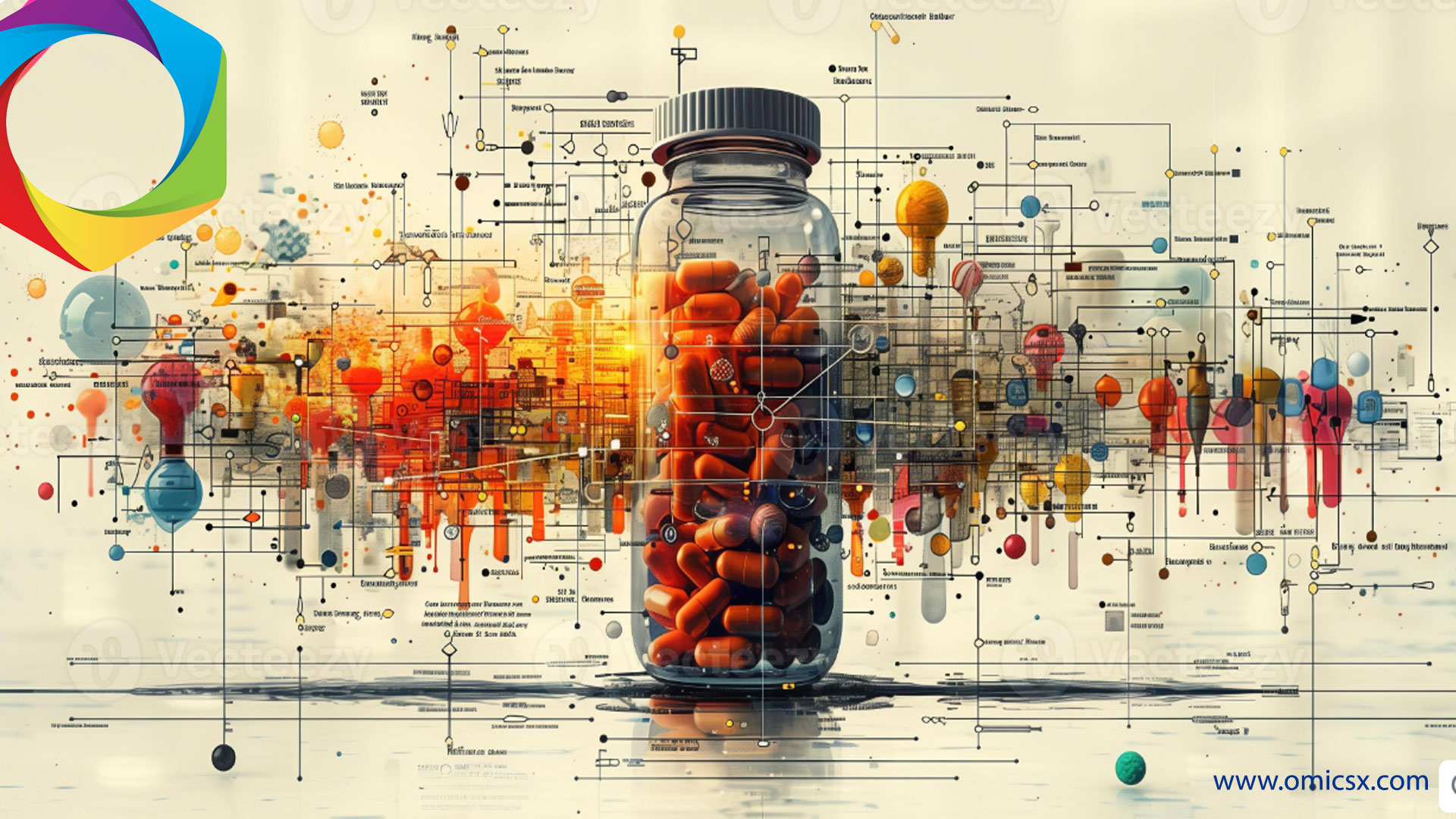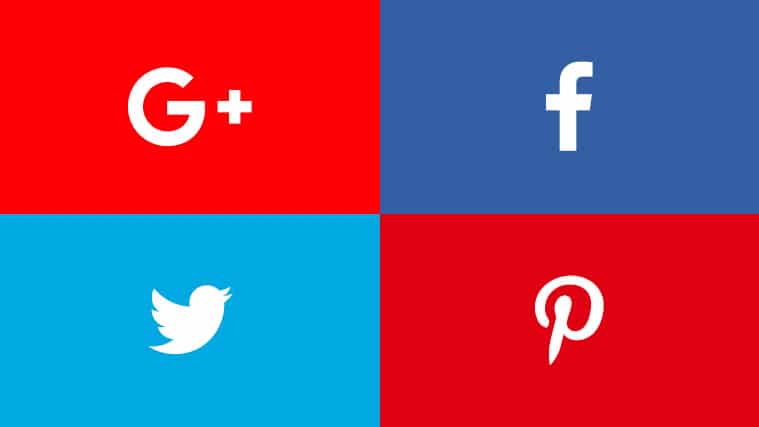Understanding Oncology Drug Development
Are you looking to decipher the complexities of oncology drug development? Want to know how potential cancer treatments transition from lab to market?
Oncology drug development is a multifaceted process, involving rigorous research, testing, and regulatory compliance. It’s a journey from the initial discovery of a potential therapeutic compound to its final approval and market release. The goal? To deliver safe, effective cancer treatments that can improve and extend the lives of patients worldwide.
At its core, oncology drug development is a race against time, with scientists, researchers, and pharmaceutical companies striving to bring new treatments to patients as quickly as possible. But what exactly does this process entail?
01
The Basics of Oncology Drug Development
Oncology drug development begins with the identification of potential therapeutic compounds. This could be small molecules, biologics, cell therapies, or radiopharmaceuticals – anything that shows promise in the fight against cancer. These compounds are then subjected to a series of preclinical tests to assess their safety and efficacy.
Preclinical testing: This is where the rubber meets the road – or rather, where the potential drug meets the lab rat. Preclinical testing involves in vitro (test tube) and in vivo (animal) studies to assess the safety and efficacy of the potential drug.
Clinical trials: If the compound passes preclinical testing, it moves on to clinical trials, where it’s tested on human volunteers. This is a multi-phase process, with each phase designed to answer specific research questions.
Regulatory review and approval: If the drug proves to be safe and effective in clinical trials, it’s submitted to regulatory authorities like the FDA for approval. This involves a thorough review of all the data collected during the drug development process.
02
Challenges in Oncology Drug Development
While the process may seem straightforward, oncology drug development is fraught with challenges. For starters, cancer is not a single disease but a collection of diseases, each with its own unique characteristics and treatment needs. This means that a drug that works for one type of cancer may not work for another.
Moreover, the high failure rate of oncology drugs is a significant hurdle. According to some estimates, only about 5% of oncology drugs that enter clinical trials end up getting FDA approval. That’s like betting on a horse with 20:1 odds – not exactly a sure thing!
03
Driving Innovation in Oncology Drug Development
Despite these challenges, there’s a lot of exciting innovation happening in the field of oncology drug development. From precision medicine and immunotherapies to AI and machine learning, new technologies and approaches are helping to accelerate the development of new cancer treatments.
For example, advances in genomics are enabling the development of targeted therapies that can attack specific genetic mutations in cancer cells. This is like having a GPS that can guide a missile to its target – only in this case, the target is a cancer cell, and the missile is a drug.
Similarly, AI and machine learning are being used to predict how potential drugs will behave in the body, helping to streamline the drug development process and increase the chances of success.
As we wrap up, it’s clear that oncology drug development is a complex, challenging, but ultimately rewarding process. It’s a testament to human ingenuity and perseverance, a journey of discovery and innovation that holds the promise of better treatments and improved outcomes for cancer patients worldwide. So, whether you’re a big pharma company, a startup, an onco drug developer, or a bio partnering company, there’s never been a more exciting time to be involved in this field. And remember, every step forward, no matter how small, brings us closer to the ultimate goal: a world without cancer.

